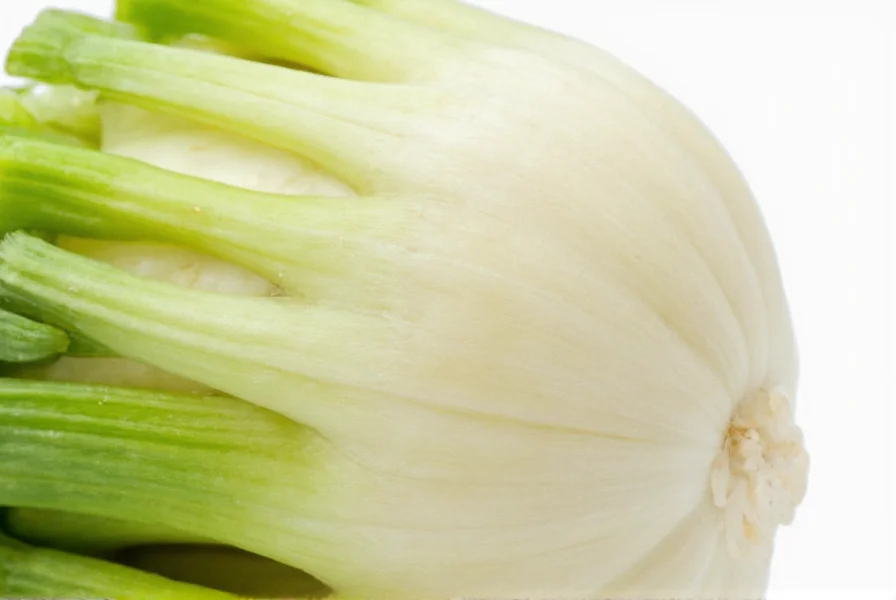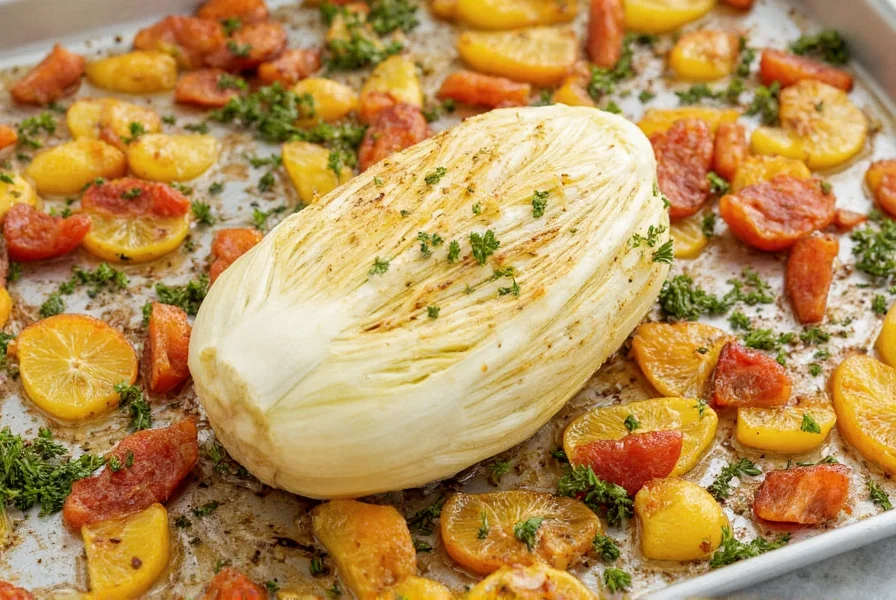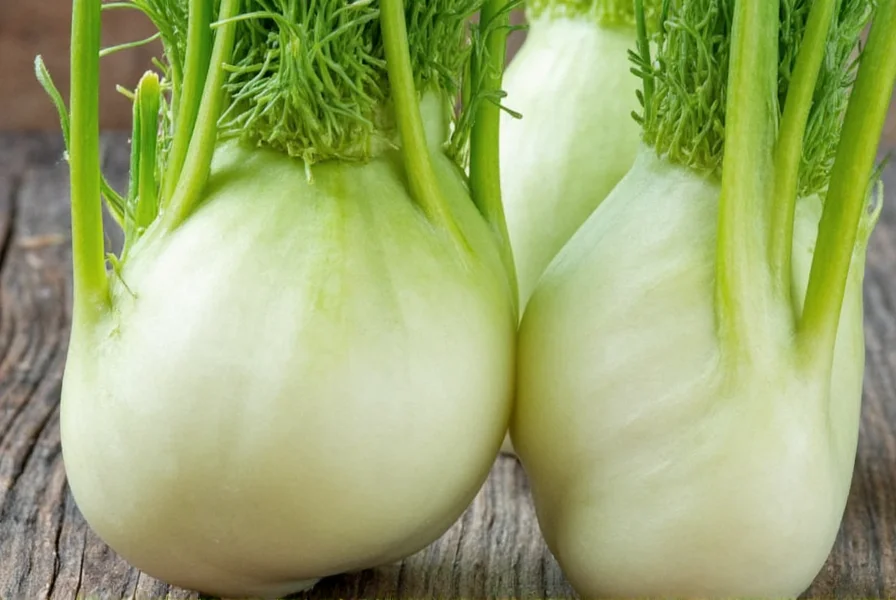Fennel's unique taste profile makes it a versatile ingredient in kitchens worldwide. Understanding what does raw fennel taste like versus cooked forms helps home cooks and professional chefs alike harness its full potential. This comprehensive guide explores fennel's flavor characteristics across its different components and preparation methods.
The Flavor Profile of Raw Fennel Bulb
When you bite into a raw fennel bulb, you'll experience a refreshing crunch similar to celery but with distinctive sweet-licorice notes. The flavor is mild enough for salads yet complex enough to stand as a featured ingredient. The crisp texture holds up well in slaws and salads, providing both flavor and structural integrity.

How Cooking Transforms Fennel's Flavor
Cooking dramatically changes fennel bulb taste profile. When roasted, grilled, or sautéed, fennel's natural sugars caramelize, mellowing the licorice notes and developing subtle sweetness reminiscent of onions or leeks. Braising fennel creates tender, almost buttery textures while preserving some of its distinctive flavor.
Professional chefs often use this transformation strategically—adding raw fennel for brightness in finished dishes while cooking it to create flavor foundations for soups, stews, and sauces. The question why does fennel taste like licorice relates to anethole, the same compound found in anise and star anise, though fennel contains it in more subtle concentrations.
Different Parts, Different Flavors
Fennel offers three distinct culinary components, each with unique flavor characteristics:
| Fennel Component | Flavor Profile | Best Culinary Uses |
|---|---|---|
| Bulb | Mild licorice, crisp, slightly sweet | Salads, roasting, grilling, braising |
| Fronds | Delicate anise flavor, herbaceous | Garnish, pesto, herb blends, fish dishes |
| Seeds | Intense licorice, warm, slightly peppery | Spice blends, baking, sausage making, tea |
Fennel vs. Similar Flavors: Clearing Up Confusion
Many people confuse fennel with anise or dill due to superficial similarities. Understanding the fennel vs anise flavor difference is crucial for proper culinary application:
- Fennel: Milder, fresher, with vegetable-like crispness (bulb) and subtle sweetness
- Anise: More intense, purely sweet licorice flavor without vegetable notes
- Dill: Grassier, less sweet, with different aromatic compounds
Fennel pollen, sometimes called "the truffle of Tuscany," offers the most concentrated fennel flavor—intensely aromatic with floral notes that enhance both savory and sweet dishes without overwhelming them.
Culinary Pairings That Balance Fennel's Flavor
Knowing how to use fennel in cooking effectively requires understanding complementary flavors that balance its distinctive profile:
- Acidic elements: Citrus juices or vinegars cut through fennel's sweetness
- Fatty components: Olive oil, butter, or meat fats mellow the licorice notes
- Complementary herbs: Thyme, rosemary, and parsley enhance without competing
- Contrasting textures: Pairing raw fennel with creamy elements creates balance

Practical Tips for Working with Fennel
When incorporating fennel into your cooking, consider these practical insights about fennel seed flavor characteristics and bulb usage:
- Store whole fennel bulbs in the refrigerator's crisper drawer for up to 5 days
- Soak sliced raw fennel in ice water for 30 minutes to enhance crispness for salads
- Toast fennel seeds lightly before grinding to intensify their aromatic compounds
- Use the tougher outer layers of fennel in stocks rather than discarding them
- Add raw fennel fronds at the end of cooking to preserve their delicate flavor
For those new to fennel, start with small amounts in familiar dishes—try adding thin slices to your next tomato salad or incorporating fennel seeds into your favorite bread recipe. The distinctive flavor becomes more approachable when integrated thoughtfully into dishes you already enjoy.
Frequently Asked Questions
Does fennel taste exactly like licorice?
No, fennel has a milder, more complex flavor than candy licorice. While both contain anethole (the compound responsible for licorice flavor), fennel offers additional fresh, crisp, and slightly sweet notes without the intense sweetness of licorice candy.
Why do some people dislike fennel's taste?
Some people have a genetic predisposition that makes anethole (fennel's primary flavor compound) taste overwhelmingly strong or unpleasant, similar to how cilantro tastes soapy to certain individuals. Cooking fennel often makes it more palatable for these individuals.
Can I substitute fennel for celery in recipes?
Yes, fennel makes an excellent substitute for celery in many recipes, though it will add a subtle licorice note. The texture is similar when raw, and when cooked, fennel develops a sweeter, more complex flavor profile than celery while maintaining structural integrity.
Does cooking eliminate fennel's licorice flavor?
Cooking doesn't eliminate fennel's licorice notes but transforms them. Heat mellows the raw licorice flavor, developing sweeter, more caramelized notes while reducing the intensity. The characteristic flavor remains but becomes more integrated with other ingredients.
Are fennel seeds and bulb from the same plant?
Yes, both the bulb and seeds come from the same plant (Foeniculum vulgare). The bulb is the swollen base of the plant, while the seeds develop from the flowers. Though from the same plant, they have noticeably different flavor intensities and culinary applications.











 浙公网安备
33010002000092号
浙公网安备
33010002000092号 浙B2-20120091-4
浙B2-20120091-4